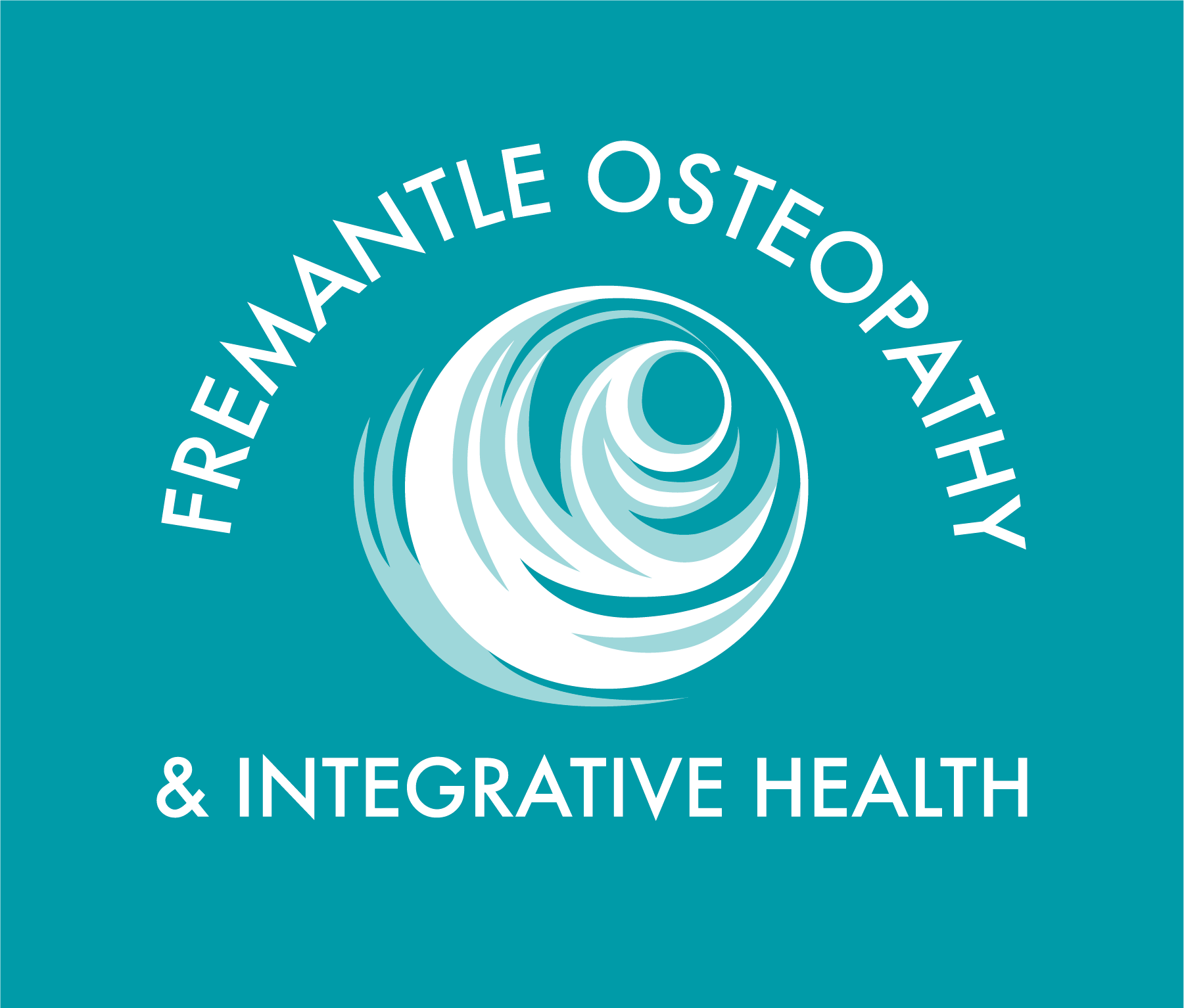Is your bum on holidays?
Something no one ever tells you when you decide to become a physiotherapist is how many butts you’re going to look at. Honestly, it really only hit me in my first year working as a physiotherapist, when I thought to myself, ‘hmm, I think I have seen all my patients butts today’. Glute tightness and weakness was implicated and needed to be addressed in the majority of my clients. I couldn’t help but wonder…why had we all become such tight asses?
To investigate this we first need to take a step back and look at the function of the glute. It has two main roles, to stabilise the hips and pelvis and extend the hips for power. Our modern lives don’t call upon these functions in a significant way (no, walking around the block and then spending the rest of the day glued to a chair isn’t going to cut it). So unless you’re doing specific exercises to activate them, they’re probably not doing a whole lot except helping you fill out your yoga pants. And weak glutes are often tight glutes.
If you’re like the 70-90% of Australians it’s estimated will experience low back pain at some point in their lives, that’s another reason your glutes are likely not working. Low back pain and weak glutes are a chicken and the egg situation. If you have low back pain, that often causes inhibition of your glute muscles, but if you have weak glutes, your lower back has to work harder in suboptimal ways that can cause pain. Your glutes also don’t decide to just switch on once you’re out of pain either. Depending on how long you’ve had the pain for, your body often has to be retrained to stop utilising antalgic movement patterns.
So now I’ve got you nervously clenching your buttocks willing them to fire, what’s the solution? I joked to a client the other day that I was going to make a recording of me saying ‘you need to do your glute exercises’ and just play it every time she comes in. But really, you need to do your glute exercises. These are two of my favourites starter exercises:
- The clam
 Keep your feet together and raise your top knee. As you lift your knee your body will want to try and use your hip flexor rather than your crappy weak glutes and it does this by rolling your hip back (it’s so sneaky it doesn’t even tell you). Progress to using a band once you can do 50 in a row.
Keep your feet together and raise your top knee. As you lift your knee your body will want to try and use your hip flexor rather than your crappy weak glutes and it does this by rolling your hip back (it’s so sneaky it doesn’t even tell you). Progress to using a band once you can do 50 in a row.
- The side-lying leg raise
 In studies where they tested the activation of the glute med (the main part of your glute we want to strengthen) they found the sidelying leg raise to be the most effective at optimising glute med activation and minimising concurrent contraction from other muscles. However it can be more challenging than clams so I still find sometimes that’s a better starting point. You can also progress to using a band for this one and the same deal applies, you’ve got to work it until there’s a fire in your butt.
In studies where they tested the activation of the glute med (the main part of your glute we want to strengthen) they found the sidelying leg raise to be the most effective at optimising glute med activation and minimising concurrent contraction from other muscles. However it can be more challenging than clams so I still find sometimes that’s a better starting point. You can also progress to using a band for this one and the same deal applies, you’ve got to work it until there’s a fire in your butt.
If you think your glutes have secretly been wasting away and may be the cause of your pain or affecting your performance, book an appointment and we can assess them and work out a program to get them stronger again. You may also be a great candidate for some dry needling in your glutes to release trigger points that can cause weakness and inactivation (so you feel instantly better without having to put in any effort-everyone’s dream!)
By Victoria Marmion
Physiotherapist
